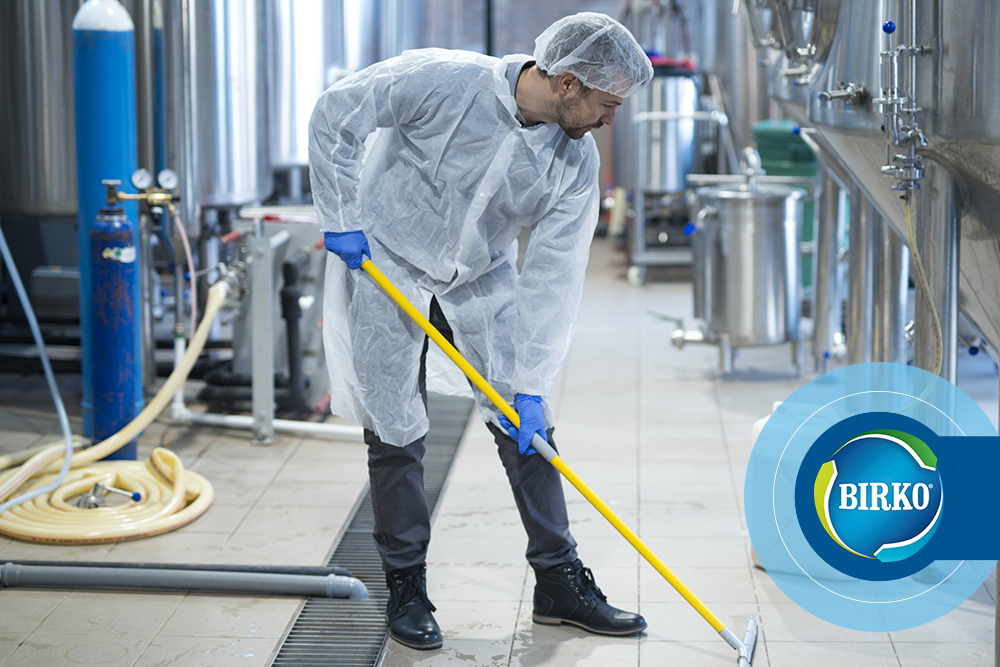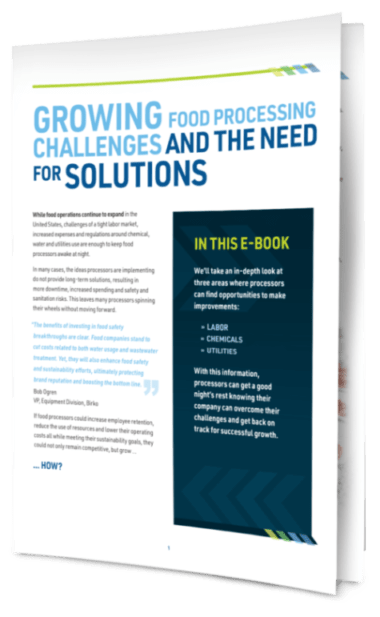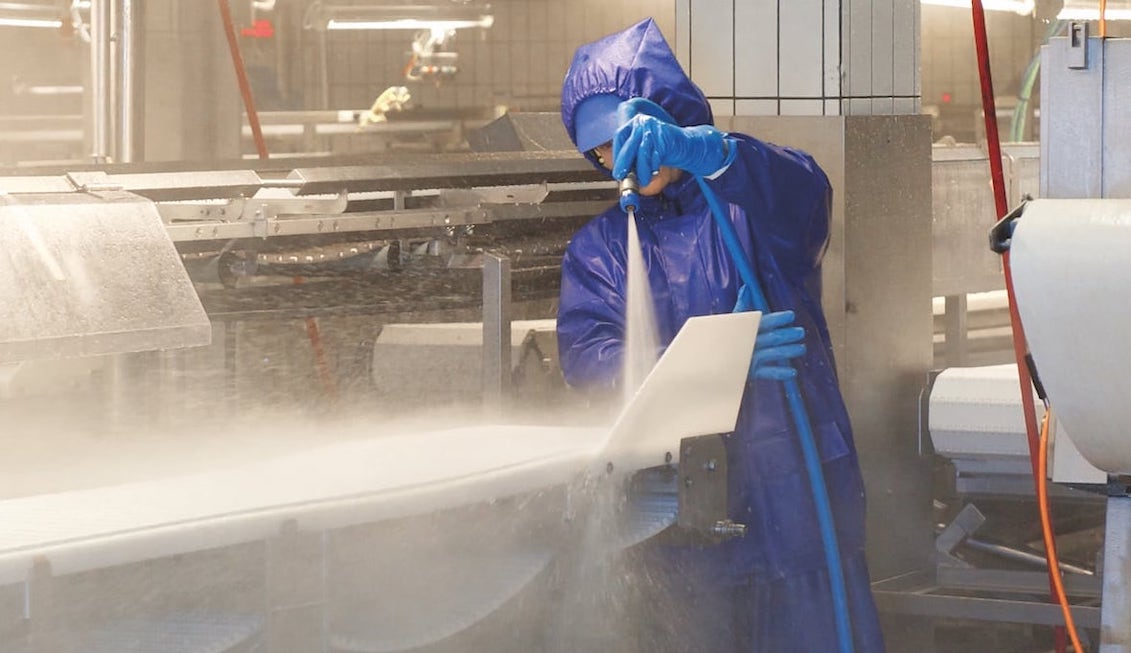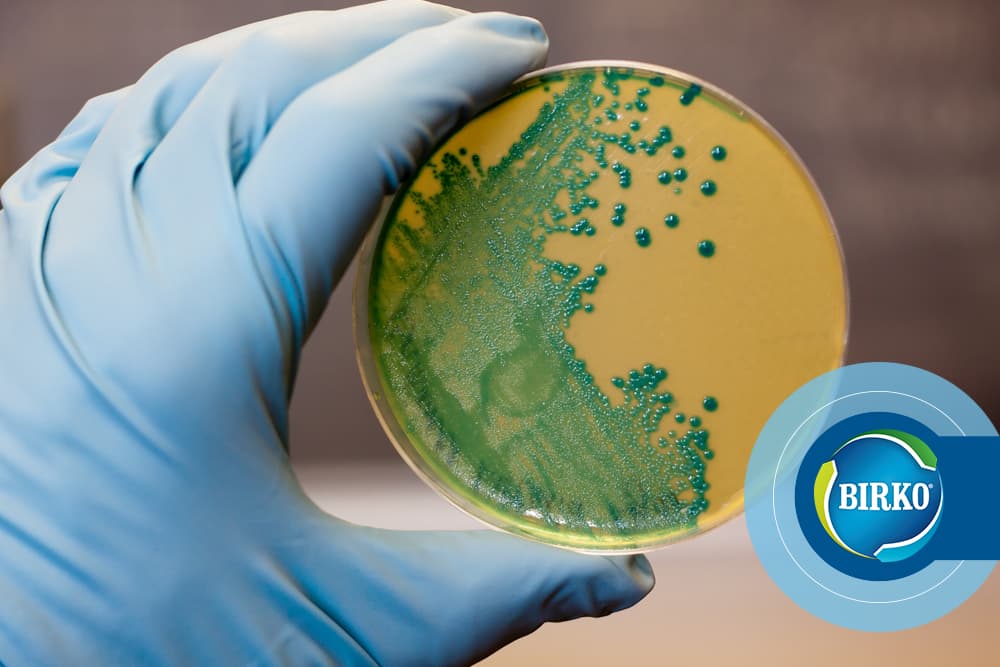There’s no getting around using large amounts of chemicals and utilities for food processing. They’re essential not only for food safety, but for every operation of the plant, down to keeping the lights on (literally).
Although essential, water, chemicals and energy have come to be seen as commodities in food processing that are difficult to control without negatively impacting food safety. However, there are several areas of your plant – and steps in the process—in which resources could be used more efficiently. From improper chemical mixing to inefficient use of water in carcass washing cabinets, there are a number of areas where you might be losing products, resources and money.
Product Recalls and Employee Safety
One of the top concerns —and arguably, most costly—are product recalls and workplace accidents stemming from improper chemical use. Inconsistent dilution and application can create the wrong concentration of the product, resulting in wasted chemicals and damaged equipment if the concentration is too high or ineffective sanitation if the concentration is too low. The latter opens the door for product contamination and potentially allows for pathogens to thrive in your facility, meaning there’s an increased chance of an outbreak of foodborne illness and a product recall.
A lack of proper chemical knowledge can also have drastic consequences on employee health. Burns and illness due to gas inhalation are common effects of improper mixing and handling of chemicals and worse, fires and fatalities have occurred. While these incidents may seem like exceptions to the norm, chemicals are among the top hazards in the workplace, particularly for meat processors, according to OSHA. Chemicals such as ammonia and chlorine gas can be dangerous, if not lethal if inhaled, and when mixed with organic material, substances like concentrated oxidizers can heat and cause fires.
Wasted Resources
Beyond dangers to consumer and employee health, chemicals, water and energy are too often wasted in food processing facilities. Water, in particular, is a major source of unnecessary costs. It takes an enormous amount of water to process food products, and, since it’s required at every step of the process, it can seem impossible to reduce consumption—rinsing, chilling and carcass washing all use up several hundreds of gallons of water per day.
“For food processors, reducing water consumption is absolutely critical. But it’s also complicated—you have to worry about chemicals and dilution, wastewater and discharge.” –Mark Swanson, Birko CEO
Combine that with energy use, tightened regulations, a heightened awareness of food safety and increased production, and the costs can add up pretty quickly.
Reducing Wasted Chemicals, Utilities—and Money in Your Plant
Fortunately, there are a number of actionable steps you can take to curb these issues. Immediate steps can include offering regular trainings in food safety to your employees, implementing food safety managers and upping your documentation efforts. If your sanitation program includes bundled labor and chemicals, you should evaluate that program to ensure proper chemical use and make sure you’re getting what you’re paying for.
Long-term efforts like automation provide a greater return on investment while avoiding inconsistencies in water and chemical use, and it can give you a window into the exact amount of chemicals and water you’re using, when, where and how often—as well as who distributes them. Learn more.
Solutions to What Keeps You Up at Night: A Sneak Peek at the Exclusive E-Book
Our exclusive, free e-book zeroes in on the causes of wasted water and chemical issues and the solutions you can use to get ahead of them—from changes in your processes to the latest groundbreaking food safety technologies. You’ll also find insights on how to overcome another common problem in food processing: labor shortages.
Your Best Bet? Partnering with Food Safety and Sanitation Experts
With expert scientists on staff and over three generations of experience in sanitation and food safety, we know well the sanitation and process challenges you may be facing, as well as how to fix them. Whether you’re looking to automate your processes and curb labor shortages, utilize chemicals proven to reduce pathogens or need a partner to consult following a foodborne illness outbreak or product recall, we’re here to help you.
Download your copy of the e-book and contact us today to learn more about how you can start saving in the areas of your plant that matter most.









